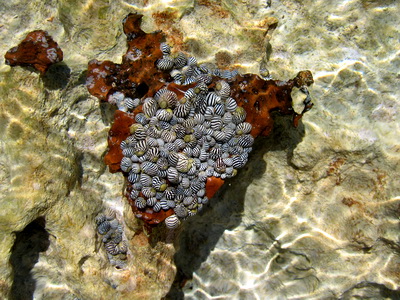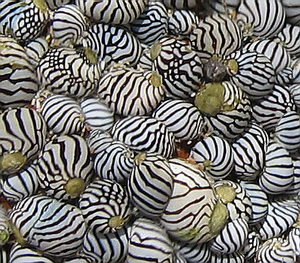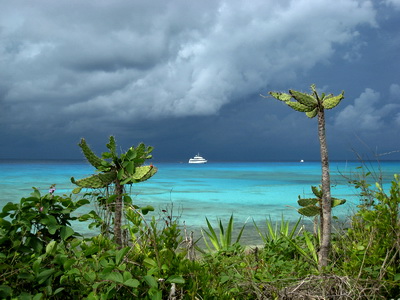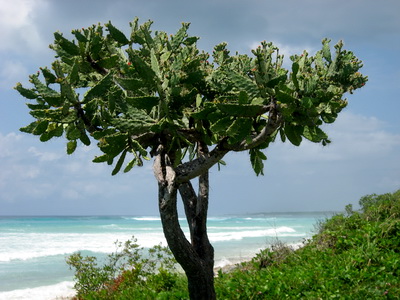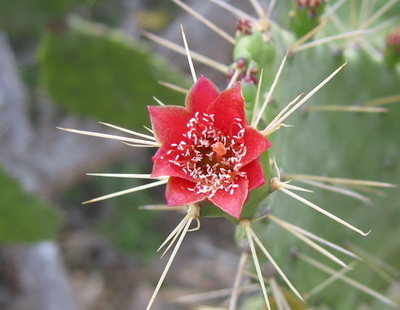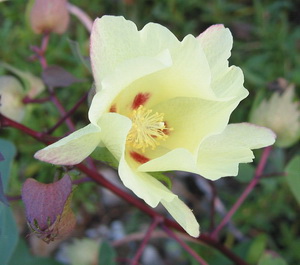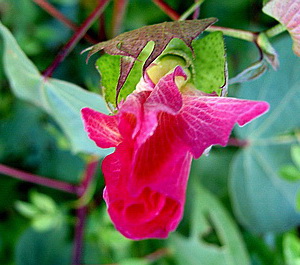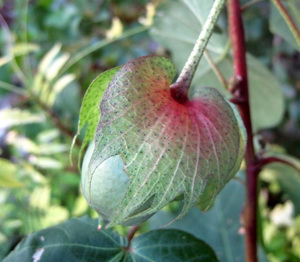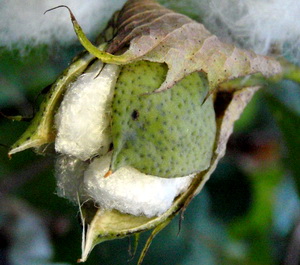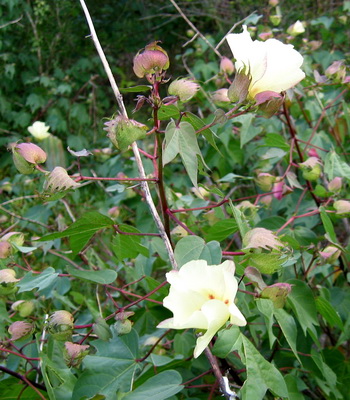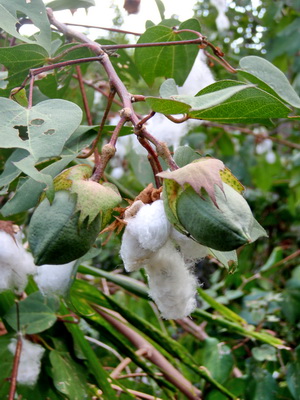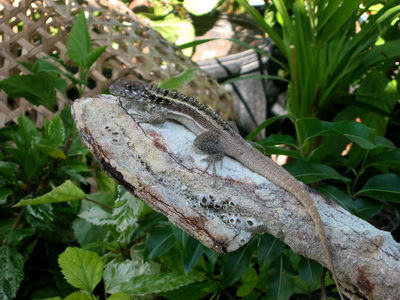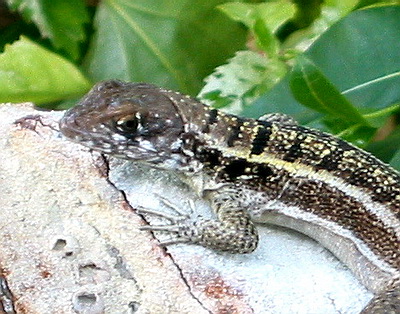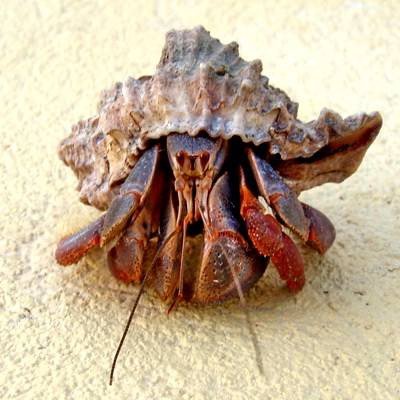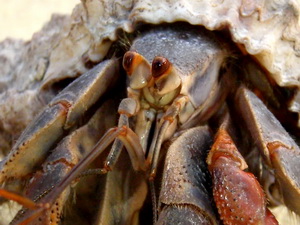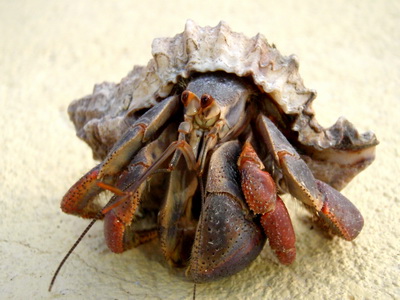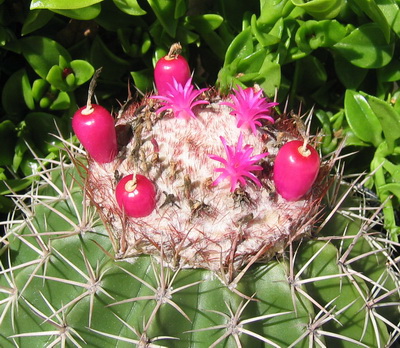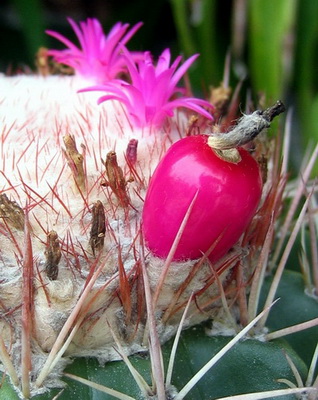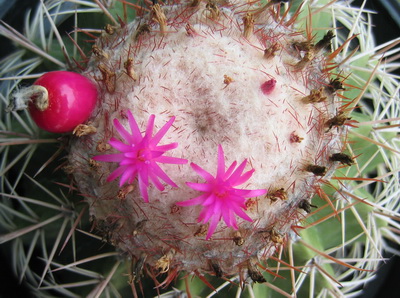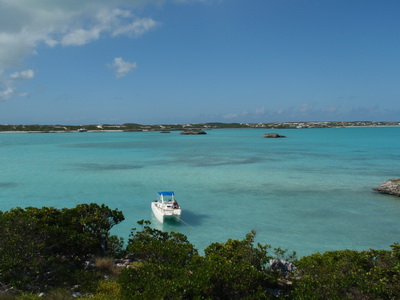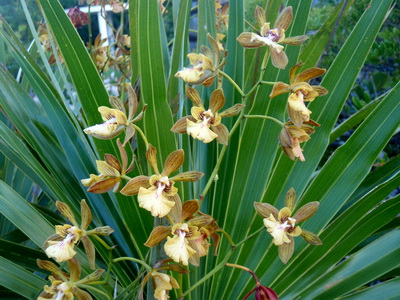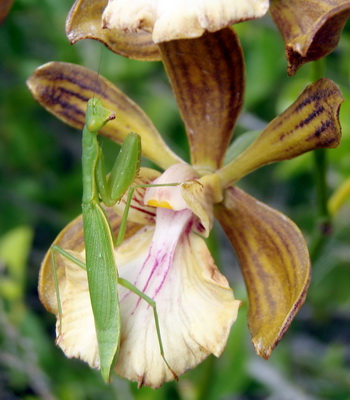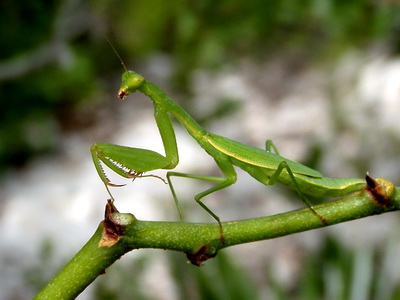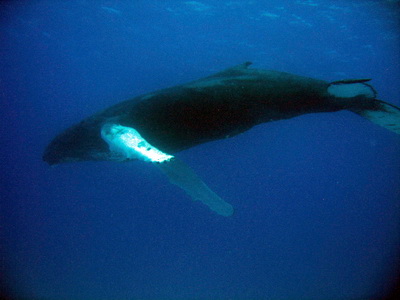
What a glorious sight........a humpback whale. Mickey and Jayne of Flamingo Divers and their group swam with this humpback whale for the entire dive.
For those of you that have dreamed of seeing whales, now is the time to head down to the Turks and Caicos Islands. Every year from late January through April, the North Atlantic Humpback Whales migrate to the Silver Banks which is a mating and nursery area north of the Dominican Republic. Our islands are in the middle of this annual migratory route and the Humpback Whales can be spotted and heard “singing” all over the Turks and Caicos…………from West Caicos, Salt Cay, Grand Turk and even off the Malcolm Roads beach where I actually saw a mother and calf several years ago………my first and only sighting of a whale!
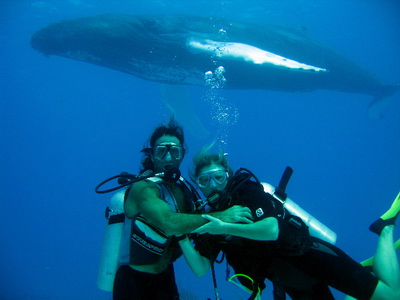
Mickey and Jayne of Flamingo Divers spent some time up close and personal with a Humpback Whale on a recent dive trip.
Jayne writes: “We had a humpback show up on our dive on Jan 20th – stayed with us the entire dive, even followed me to my safety stop and did it with me! Then it came back to our divers on the 2nd dive. It was amazing. I’ve attached a couple of pics….(I have 196 of them so won’t send them all!!!!!)”
Thanks Mickey and Jayne for the great photos.
Book your dive trip now and you too will hopefully see the Humpback Whales migrating. Call me or email me at Harbour Club Villas and we’ll organize everything for you and or put you in touch with the diving experts.
See you soon……remember that if you want a chance at seeing whales, now is the prime time!
Marta

